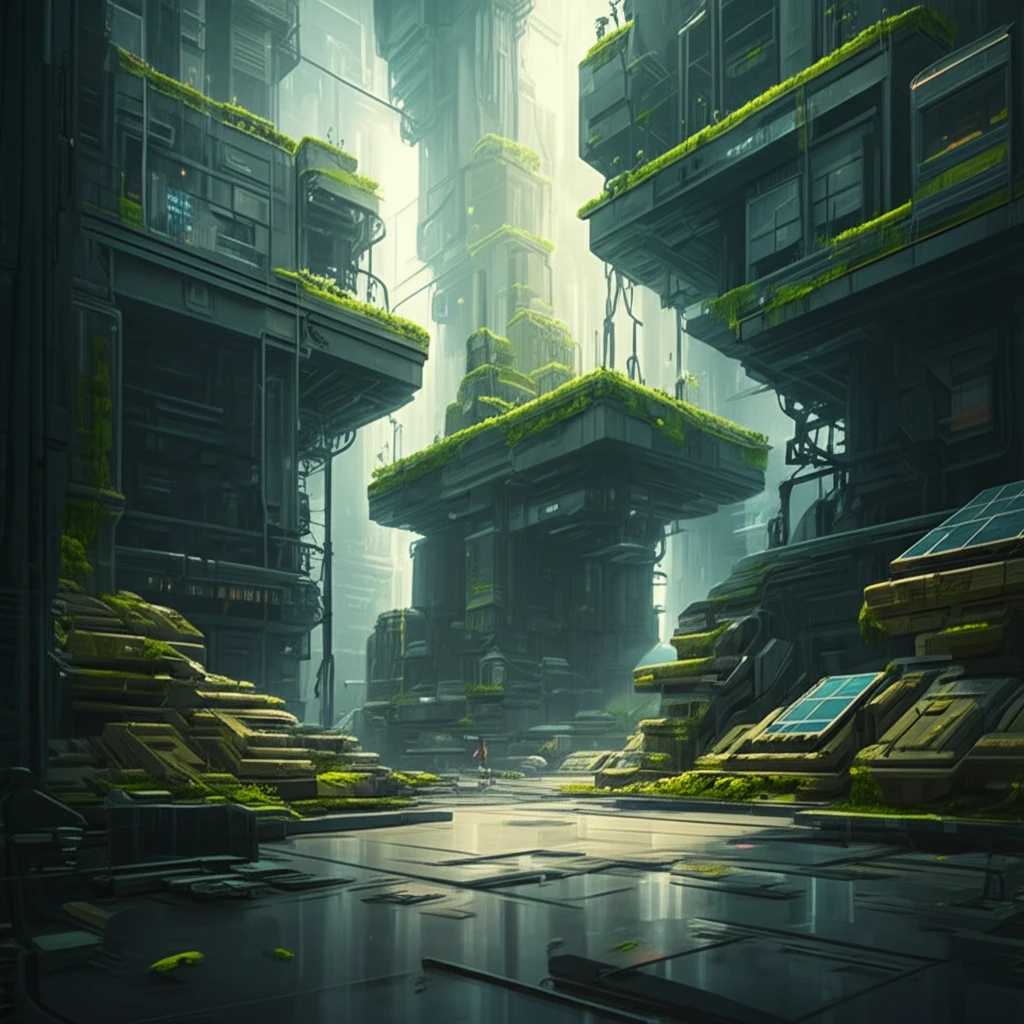
The Future of Construction: How Innovative Steel Designs are Shaping Our World
"Explore the groundbreaking advancements in thin-walled cold-formed steel structures and their impact on sustainable and efficient construction."
The construction industry is constantly evolving, driven by the need for more efficient, sustainable, and cost-effective building solutions. Among the most promising innovations are advancements in cold-formed steel (CFS) structures. These thin-walled designs offer a unique combination of strength, lightness, and adaptability, making them ideal for a wide range of applications.
CFS structures are particularly well-suited for addressing the challenges of modern construction. Their high strength-to-weight ratio reduces material consumption and transportation costs, while their design flexibility allows for creative and optimized architectural solutions. As cities grow and sustainability becomes a priority, CFS is poised to play a significant role in shaping the future of our built environment.
Recent research has focused on enhancing the performance and reliability of CFS structures, particularly in challenging applications such as built-up columns. By exploring new design approaches and utilizing advanced numerical modeling techniques, engineers are unlocking the full potential of this versatile material. This article delves into the latest breakthroughs in CFS design, examining how these innovations are paving the way for stronger, safer, and more sustainable buildings.
Why Cold-Formed Steel is a Game-Changer in Modern Construction

Cold-formed steel (CFS) is made from steel sheets that are bent into shape at room temperature. This process, unlike hot-rolled steel production, preserves the steel's strength and allows for the creation of intricate and highly customizable profiles. The result is a building material that is not only strong but also incredibly versatile.
- High Strength-to-Weight Ratio: Reduces material usage and transportation costs.
- Design Flexibility: Allows for innovative and optimized architectural designs.
- Sustainability: Steel is recyclable, minimizing environmental impact.
- Cost-Effectiveness: Lower material and labor costs compared to traditional building materials.
- Durability: Resistant to pests, rot, and fire, ensuring long-term structural integrity.
The Future is Built on Innovation
As research continues to refine and improve CFS designs, the construction industry stands to benefit from stronger, lighter, more sustainable, and cost-effective building solutions. The ongoing exploration of advanced modeling techniques and design approaches promises to unlock even greater potential, paving the way for a future where CFS structures play a central role in shaping our built environment. By embracing these innovations, we can build a world that is not only structurally sound but also environmentally responsible.
